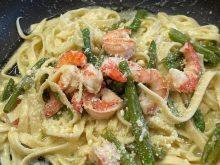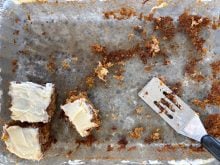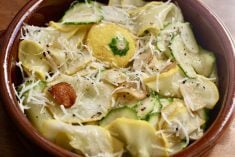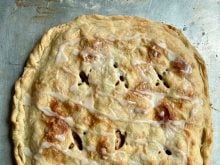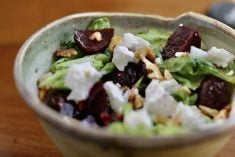Sequim, Washington, (pronounced squim) is the second largest lavender producing region in the world. Only Provence, France, produces more. This is quite an accomplishment, considering lavender was only introduced in the 1970s.
With the dairy farms shuttering and the local economy sliding, residents met to discuss a revitalization. They were set to put Sequim on the map. And that they did.
This year, 32,000 visitors arrived in this small city of 8,000 people to tour the farms, shop and enjoy music and food at the annual Sequim Lavender Weekend.
Read Also
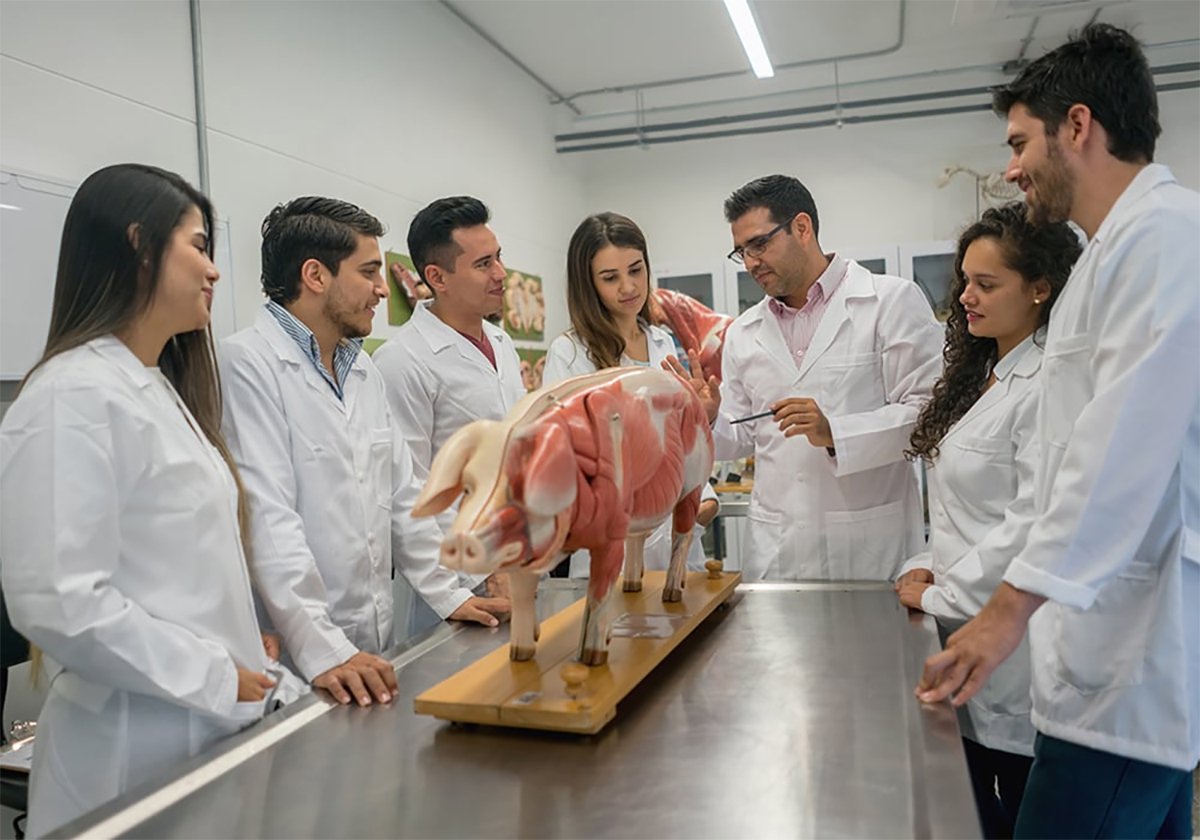
Students urged to consider veterinary medicine
Alberta government makes $86.5 million investment in University of Calgary to double capacity for its veterinary medicine program to address labour shortages in the field.
Nestled in the shadow of the Olympic Mountains, there is a perfect microclimate for growing lavender. This area is known for its abundant sunshine, mild temperatures and minimal rainfall compared with the rest of the state. Interestingly, it is a similar latitude as Provence.
If you think that lavender tastes soapy in food, then perhaps the wrong variety of lavender was used. Some varieties are better for toiletries because of their stronger aroma. Other varieties have lower camphor levels and are better for foods. Be sure to use culinary lavender in your recipes.
Cedar Planked Steelhead Trout
- 1 steelhead trout fillet
- 1 cedar grilling plank
- 2 tbsp. olive oil 30 mL
- 2 tbsp. maple syrup 30 mL
- kosher salt, pepper, lavender buds and dried thyme
Soak the cedar plank in water for one hour. When it’s almost done soaking, begin preheating the oven to 350 F (180 C).
Meanwhile, place the steelhead fillet in a shallow pan and drizzle with olive oil and maple syrup. Season, to taste, with the salt, pepper, dried thyme and lavender buds. Refrigerate until the plank is ready to use.
After an hour, remove the cedar plank from the water and shake off excess water. Heat it in a 350 F (180 C) oven until almost smoky hot before placing the fish on it.
Remove the hot plank from the oven and place it on a baking sheet. Place the marinated steelhead fillet on the hot plank, skin side down. Return the baking sheet with planked steelhead to the oven. Bake for 20 to 25 minutes, or until desired doneness is reached. It is fully cooked when it flakes easily with a fork. Use an instant-read thermometer if you are unsure.
Most fish should be cooked between 120 F and 140 F (50-60 C) and taken off the heat just before it is completely cooked through to prevent the flesh from drying out. For some types of fish, such as tuna and salmon, these can be cooked to the lower temperatures, around 120 F (50 C).
Lavender Roasted Potatoes
- 2 1/2 lb. thin skinned baby potatoes 1 kg
- 2 tbsp. olive oil 30 mL
- 1 1/2 tbsp. dried lavender 22 mL
- salt and pepper, to taste
Preheat oven to 350 F (180 C).
Scrub potatoes, cut out any bad spots and cut into bite-sized pieces. Do not peel.
Toss in a bowl with olive oil. Add lavender, salt and pepper.
Spread into a single layer in a roasting pan or on a baking sheet. Place in the oven for 30 minutes, stirring part way through to ensure even browning. Potatoes are done when soft inside to the bite.
Blueberry Lavender Cheesecake Bites
These freeze well but don’t add the fresh berry garnish until after defrosting. If you can’t find fresh cheese, substitute with cream cheese.
- 1 c. soft fresh cheese 250 mL
- 1 c. whipping cream 250 mL
- 1 tsp. lemon juice 5 mL
- 1 tsp. pure vanilla extract 5 mL
- 1 tsp. lavender buds 5 mL
- 2-4 tbsp. icing sugar 30-60 mL
- 1 c. blueberries, fresh or frozen 250 mL
- 1 tbsp. cornstarch 15 mL
- 2 tbsp. water 30 mL
- 1/4 c. sugar 60 mL
- fresh blueberries and lavender buds for garnish
- 24 pre-baked mini tart shells (recipe follows)
In the bowl of a stand mixer with the whisk attachment, whip the cream with icing sugar to soft peaks and set aside.
In a separate bowl, combine fresh cheese, lemon juice, vanilla extract and lavender buds. Combine well, making sure there are no lumps.
Fold the whipped cream into the cheese mixture. This cheesecake mixture is now ready to use. Refrigerate until needed.
To make the filling combine blueberries, sugar, cornstarch and water in a saucepan and cook on medium heat until all the sugar has dissolved. Bring to a boil and cook for two minutes. Remove from heat and cool completely.
Using a spoon, divide the blueberry filling among the baked tart shells. Transfer cheesecake mixture to a piping bag and pipe a swirl on top. Garnish with fresh blueberries and lavender buds.
Basic Short Crust Pastry
- 2 c. all-purposeflour 500 mL
- 3 tbsp. sugar 45 mL
- 1/2 c. unsalted butter, chilled and cubed 125 mL
- 1 egg yolk
- 3-5 tbsp. cold water 45-75 mL
In the bowl of a food processor, add flour, sugar and salt. Pulse for 30 seconds to combine. Add chilled cubed butter and pulse until it resembles coarse bread crumb consistency. Slowly add water and egg yolk while pulsing until the dough comes together.
Pour the mixture onto a work surface. Bring all the crumbs together and shape it into a ball. Divide the ball into two discs. Wrap and chill for 20 to 30 minutes or until firm enough to roll.
Roll the dough on a lightly floured surface until it is 1/3 inch (7 millimetres) thick. Roll from the centre out. Use a cookie cutter to cut out circles. You want a low tart shell so make the circles of a size to accommodate that.
Lightly dust the tart tins with flour. Place the pastry circle over the tart tin and gently press the pastry in to fit in. Prick the dough all over with the tines of a fork. Chill in the fridge until ready to bake.
Preheat the oven at 400 F (200 C). Bake tart shells until the edges are lightly golden and the centre is cooked through, about 10-13 minutes.
Let cool in the pan before you try to take them out.
Lemon Lavender Skyr Popsicles
- 500 g plain Skyr
- 1 tsp. vanilla bean paste 5 mL
- 5 tbsp. honey 75 mL
- 2 tsp. dried lavenderbuds 10 mL
- juice of 1 lemon
- 4–6 tbsp. granola 60-90 mL
Combine all ingredients except granola in a medium-sized bowl. Add this mixture to your popsicle moulds until about three-quarters full. Sprinkle granola on top and lightly press it into the mixture. Put the lid on the mould and press in sticks. Freeze six hours or overnight.
To remove popsicles from mould, turn it upside down and run warm water over it. Makes about 10 popsicles.
Sarah Galvin is a home economist, teacher and avid supporter of local food producers. She has been a market vendor, grew up on a farm in southeastern Saskatchewan and is a member of TEAM Resources.




